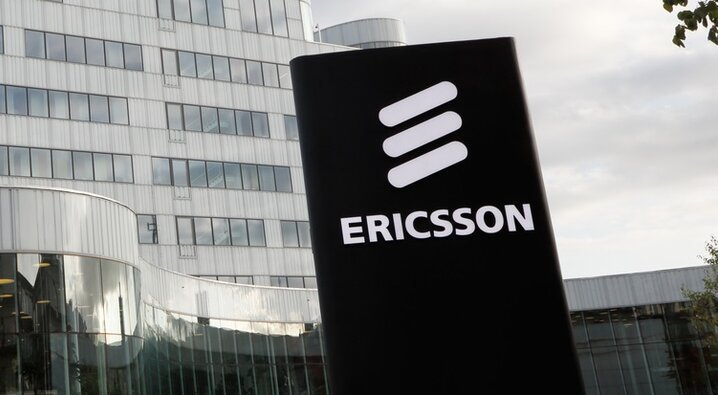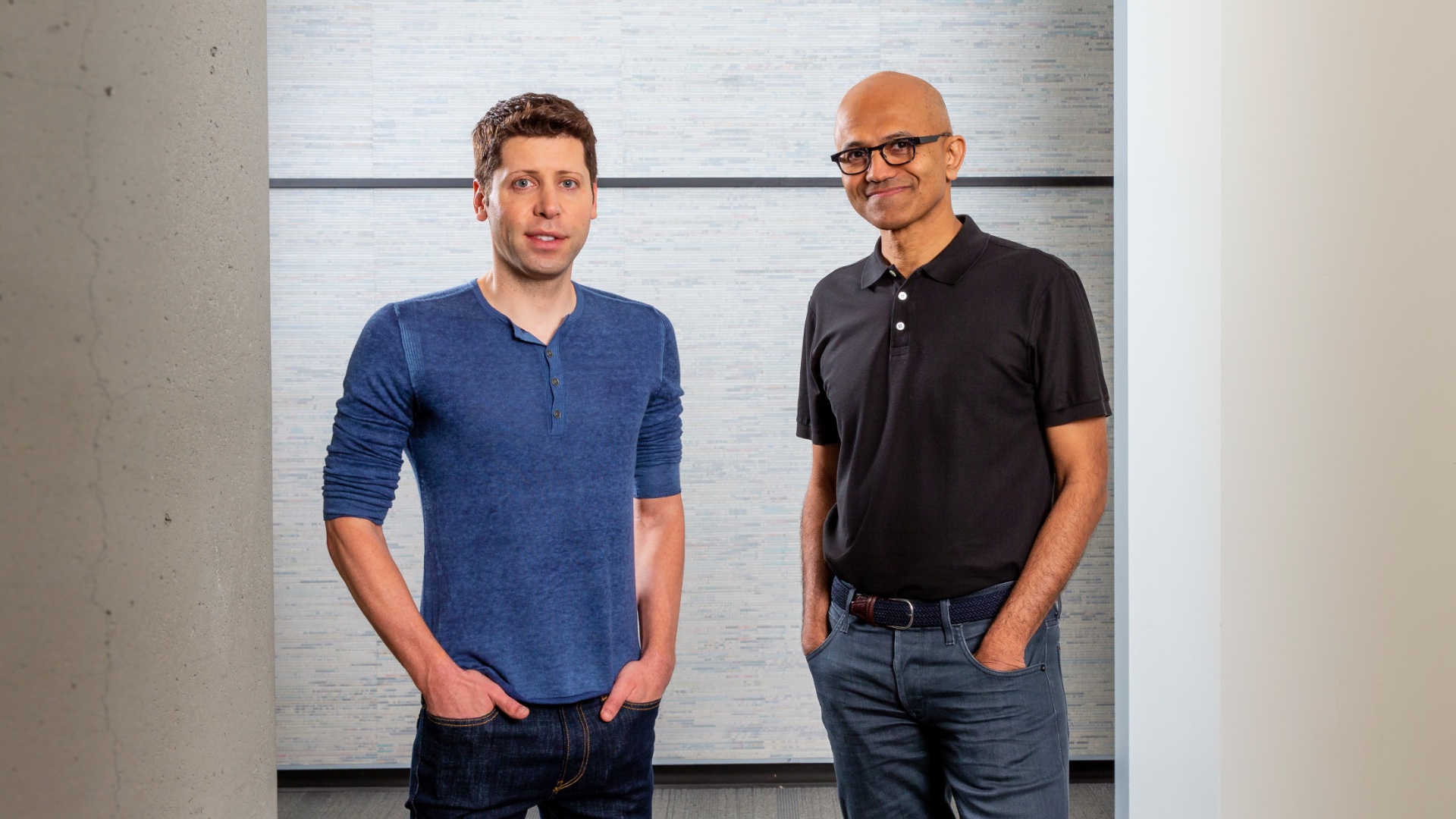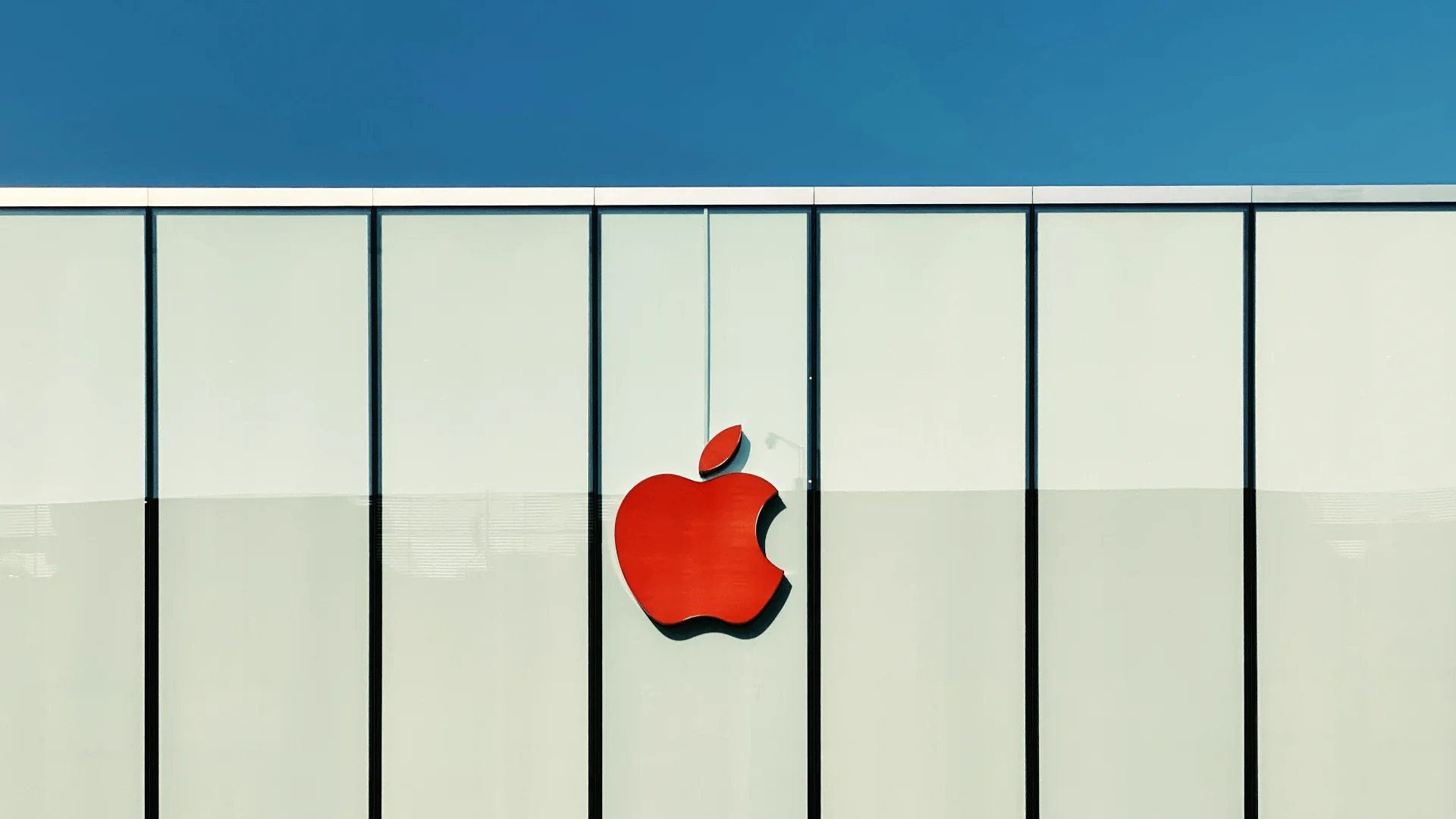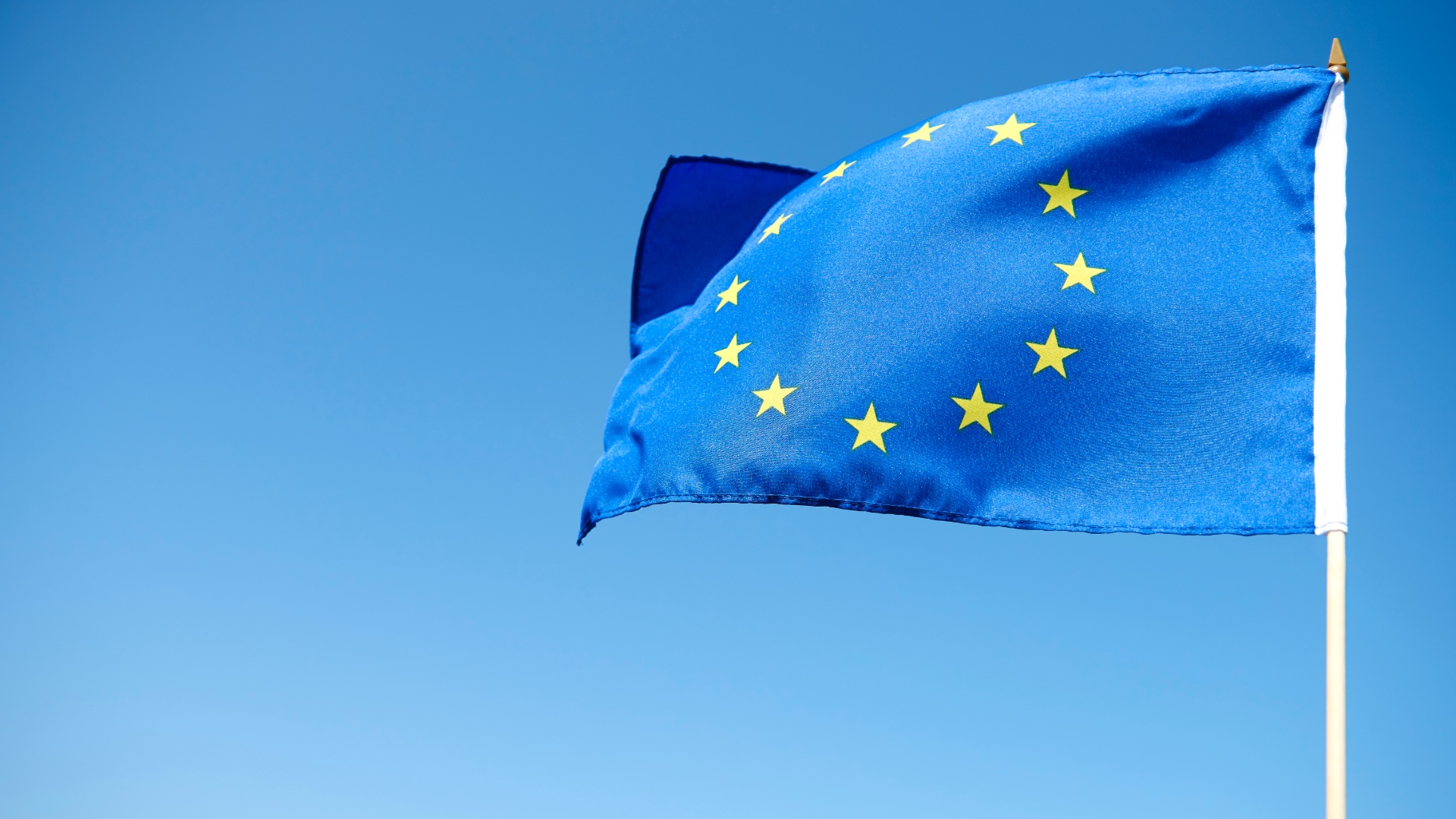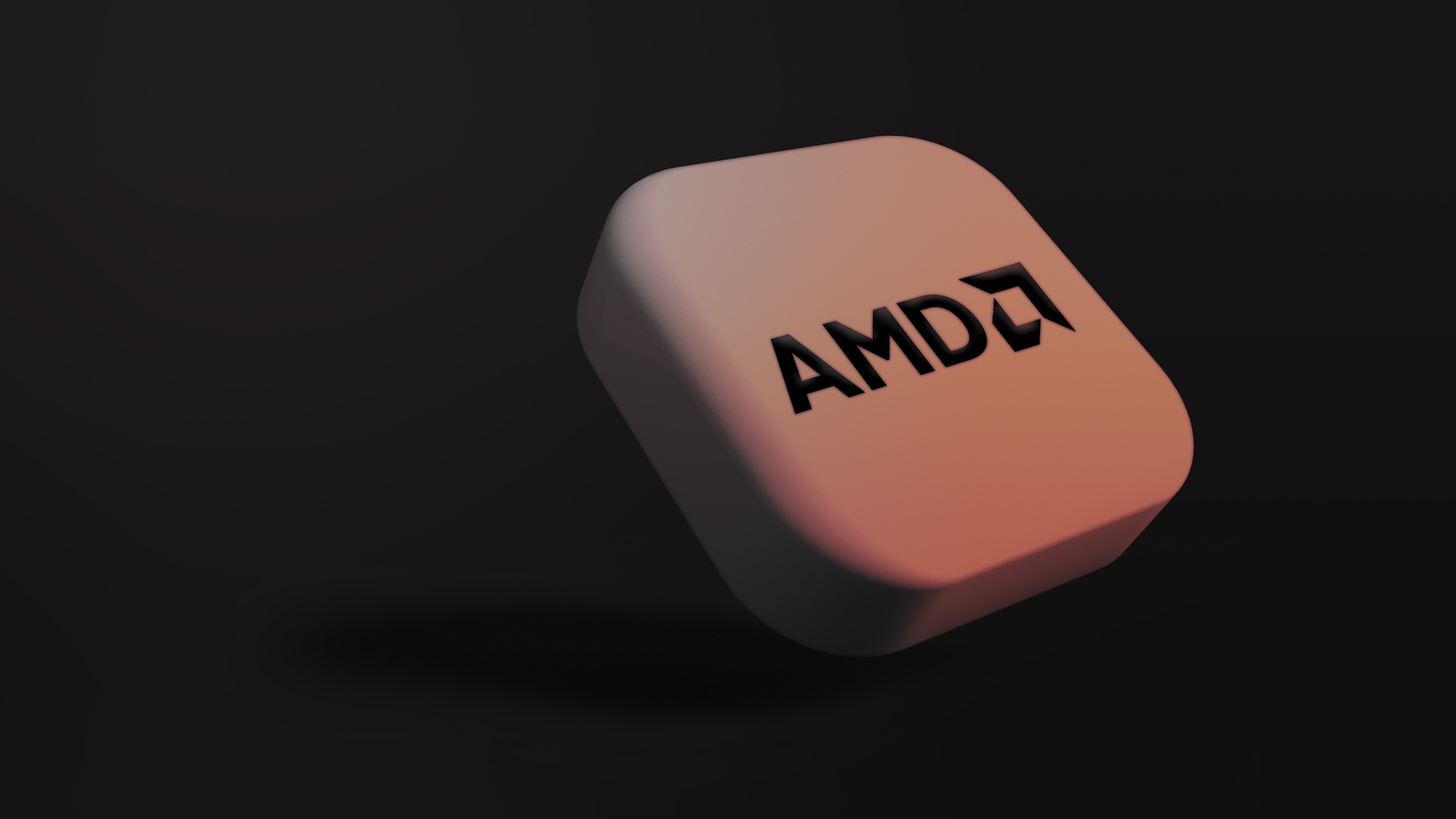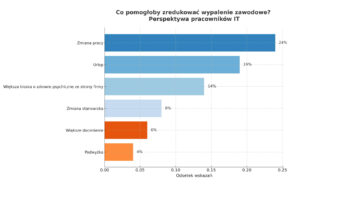Ericsson ‘s shares rose by more than 13% after the publication of its third quarter results – the highest one-day jump since 2018. Investors were mainly surprised by the better-than-forecast operating profit: adjusted EBIT amounted to SEK 15.4 billion, compared to the consensus expectation of 14.1 billion. For the Swedish telecom equipment manufacturer, this is an important signal – following a period of cost pressures, layoffs and falling demand for 5G infrastructure in North America.
Ericsson continues to benefit from its lead over Nokia, particularly in the US, where, according to Dell’Oro, it has won $14 billion worth of contracts with AT&T. It thus maintains its position as the second global player in the RAN market, behind Huawei. At the same time, the company is trying to neutralise geopolitical risks. CFO Lars Sandström downplayed the potential impact of US tariffs, suggesting that the hedging measures taken so far are sufficient. This is a reassuring message for the market, especially in the context of US-China trade tensions.
However, this does not represent a full return to growth. Revenues fell 9% year-on-year to SEK56.2bn, reflecting a global slowdown in operator investment – particularly in the Americas, where 5G momentum has clearly slowed after the 2023 boom. Ericsson is making up for costs: restructuring and the sale of assets such as Iconectiv generated a one-off profit of SEK 7.6bn and opened the way for potential dividends or buybacks.
In the background, however, there is a strategic question: what’s next for 5G? Despite new initiatives like the five-year partnership with Vodafone on programmable networks, the mobile infrastructure market is maturing faster than expected. The next wave of investment – 5G Advanced and campus networks – has not yet begun.
Ericsson has raised its head and delivered a result, but it stands in the same place as the rest of the industry: between the end of an infrastructure cycle and the beginning of another. Today it wins with its operational advantage and contract portfolio, tomorrow it will have to prove it can monetise 5G beyond the classic RAN – in software, automation and cloud-based services.




